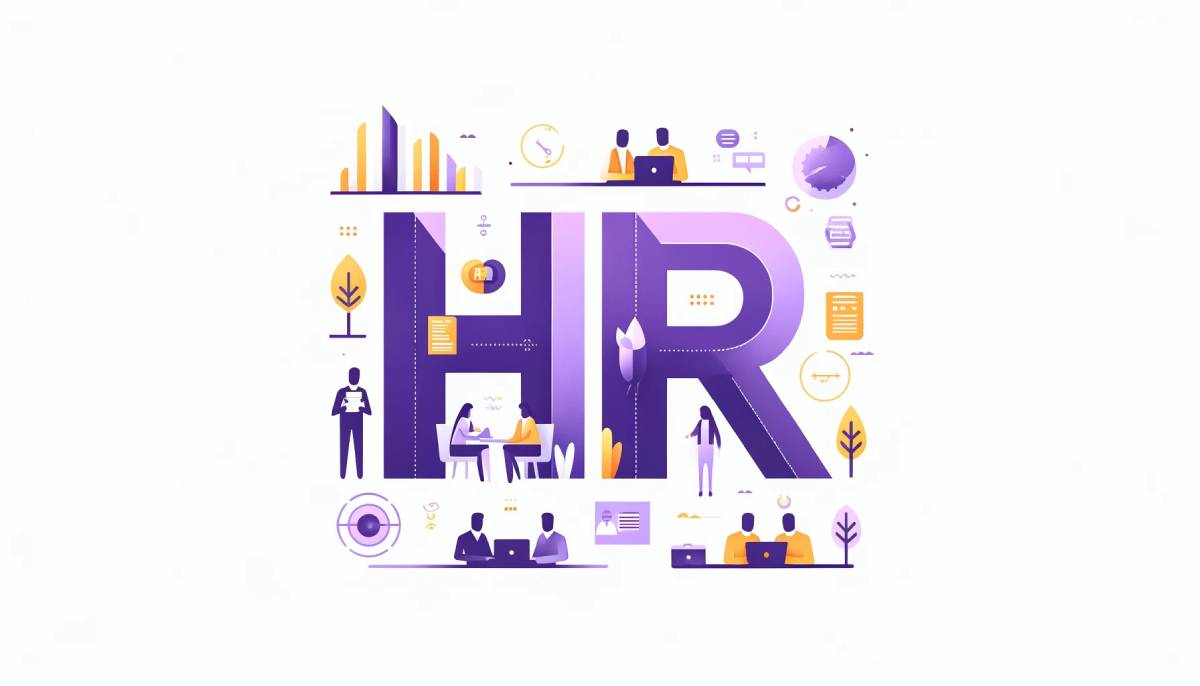What is Workforce Management?
Workforce management refers to the strategic process of optimizing the productivity, efficiency, and performance of an organization’s workforce to achieve its goals and objectives effectively. It involves various activities aimed at aligning the organization’s human resources with its business objectives, operational needs, and regulatory requirements.Critical Aspects of Effective Workforce Management
- Strategic Workforce Planning: This foundational HR function involves forecasting future staffing needs, managing current employee data, and planning for the right balance of skills and personnel to meet organizational objectives.
- Employee Engagement Strategies: Vital for retaining a competitive workforce, these initiatives ensure employees are committed, motivated, and genuinely invested in the company’s success.
- Efficient Talent Acquisition: Streamlined recruitment processes and effective hiring strategies ensure a continuous infusion of new talent, bolstering the workforce and filling skills gaps.
- Continuous Training and Development: A focus on ongoing learning and professional growth enhances the capabilities of the workforce, keeping skills relevant and businesses agile.
- Promoting Diversity and Inclusion: A diverse workforce is better positioned to innovate and solve complex problems. Inclusive practices ensure that all employees have equal opportunities to contribute and grow.
Maximizing Workforce Dynamics for Organizational Efficiency
- Adapting to Change: In an ever-changing business landscape, workforces that are flexible and adaptable will thrive. Invest in continuous training to help employees keep up with industry trends and technological advances.
- Embracing Digital Transformation: Utilize digital tools and platforms to streamline workplace processes. This not only boosts efficiency but also attracts tech-savvy talent.
- Optimizing Remote Workforce Management: The rise of remote work has expanded the definition of the workforce. Effectively engaging with remote employees can tap into a global pool of talent and provide flexibility.
People also look for
Workforce Management Software: A Comprehensive Guide
What is a Blended Workforce? Meaning, Benefits & Challenges
The Power of Workforce Analytics: A Comprehensive Guide
FAQs
Workforce management is crucial as it ensures the organization has the necessary talent to meet its operational needs, improve productivity, and remain competitive.
Strategic workforce planning is the process of aligning an organization’s human capital with its long-term business goals, involving forecasting talent needs and developing strategies to meet those needs.
Employee engagement is vital for talent retention and productivity as it reflects the commitment and motivation of employees towards the organization’s success.
Continuous training and development are essential as they ensure the workforce remains skilled and adaptable, which is necessary for the growth and resilience of the business.

